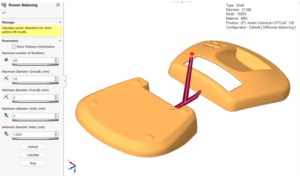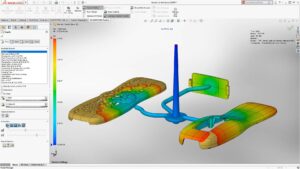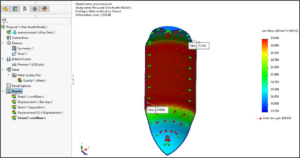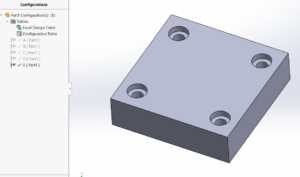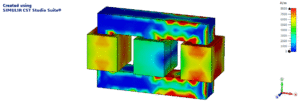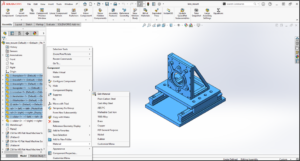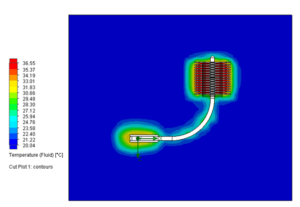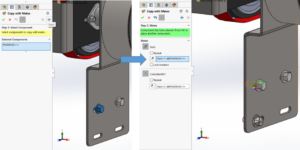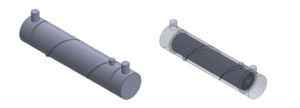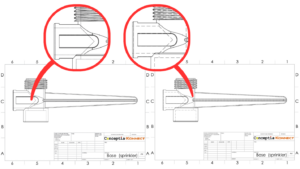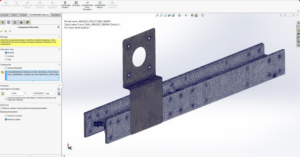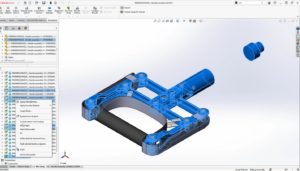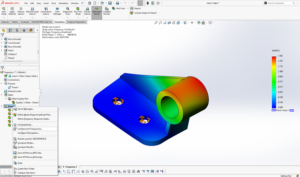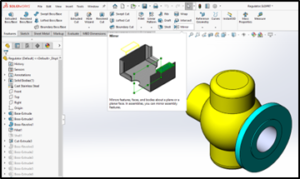Are you tired of struggling with complex design processes and looking for a game-changer? Look no further than SOLIDWORKS! Many Special Purpose Machinery manufacturing companies using our SOLIDWORKS complete product development solutions. In this blog we explained how SOLIDWORKS for SPM (Special Purpose Machinery) Design can make a difference in your design process and elevate product development to high standards.
Special Purpose Machines (SPM) are machines which are designed to perform specific intent or tailor made to meet specific requirements and will not be available off the shelf. In the world of manufacturing, specialized production requires specialized tools. Special Purpose Machines (SPM) play a vital role in industries where repetitive tasks and high precision are paramount and mass production is required. To meet the demands of SPM machines manufacturing, engineers and designers need powerful software that can enhance productivity, accuracy, and efficiency. This is where SOLIDWORKS, a leading 3D computer-aided design (CAD) software, comes into play. In this blog post, we will explore how SOLIDWORKS can streamline SPM machines manufacturing, from design to production.
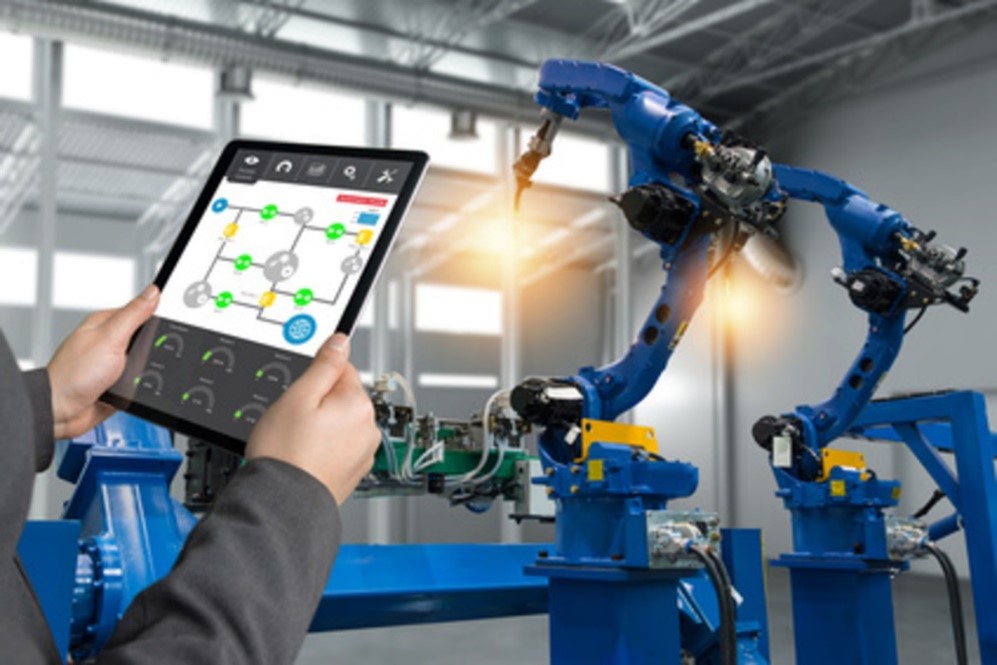
Designing SPM Machines using SOLIDWORKS 3DCAD
SOLIDWORKS offers a comprehensive set of tools specifically designed for mechanical design. In the field of SPM design need to design equipment for processing, packaging, handling, moving or hoisting materials etc. the powerful tools from SOLIDWORKS offers a user-friendly interface, intuitive sketch features and an extensive library of standard components, allowing designers develop precise and accurate machine designs. Using this Engineers can create detailed 3D models of SPM machines, incorporating intricate parts, mechanisms, and assemblies and create manufacturing drawings with various standard templates used across the globe automatically generates projection and sectional views, dimensions, GD&T, symbols, notes directly from 3D model generated.
SOLIDWORKS Tools and Solutions for SPM
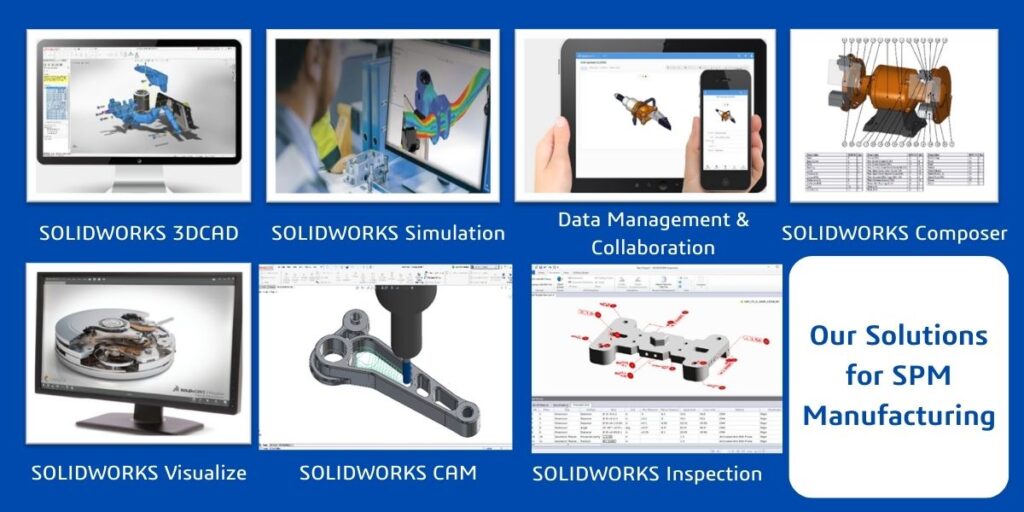
Design Engineers can virtually test innovative ideas, evaluate performance quickly and efficiently, improve product quality and gain knowledge on SPM machine performance before proceeding to the manufacturing phase, since it is crucial to validate the performance and functionality of SPM machines as there will not be any standard reference guidelines to validate SPMs. SOLIDWORKS includes powerful simulation and analysis to conduct Motion analysis, Structural simulation includes static analysis, topology optimization, dynamic includes vibration, transient, fatigue, shock etc. these features allow engineers to simulate real-world conditions, test the machine’s behavior, and optimize its performance. By identifying potential issues early in the design stage, manufacturers can save time and costs associated with physical prototyping and rework.
Collaborative Workflows:
SPM machines often involve collaboration among multiple designers within the team to share, iterate, compare, explore, and edit data and requires collaboration among various teams in organization manufacturing, quality, assembly etc. SOLIDWORKS offers collaborative tools that enable seamless communication and coordination between all team members involved in organization in a common platform by enabling to store data in cloud, creating a streamlined workflow with PLM solution with features like real-time sharing, and integrated project management, SOLIDWORKS facilitates efficient teamwork and ensures everyone is on the same page throughout the product development. This is enabled by integrating SOLIDWORKS with 3DSwymmer, Collaborative industry innovator & Collaborative designer for SOLIDWORKS.
Design for Manufacturing:
SOLIDWORKS solutions numerous functions for verifying manufacturability, to reduce cost of the project. Optimizing the design for manufacturing is crucial to ensure smooth production and assembly of SPM machines. SOLIDWORKS provides SOLIDWORKS DFMXpress tools that help engineers identify potential manufacturing challenges, enabling design and manufacturing teams to work together concurrently and provides confidence to designers any design changes carried out during optimization will not impact manufacturing of parts. By addressing these issues early on, manufacturers can streamline the production process, reduce errors, and enhance overall product quality.
Automated Documentations:
Documentation is an essential aspect of SPM machine manufacturing. SOLIDWORKS simplifies the documentation process by automating the creation of bills of materials (BOM), assembly instructions, and technical drawings using SOLIDWORKS Composer which converts 3D data into automated product documentation also SOLIDWORKS Inspection supports to automate the inspection process by integrating with inspection machines like CMM etc. this enables to automate and generate first article inspection documentations. This automation not only saves time but also minimizes errors and ensures consistency across different documents. Manufacturers can generate accurate and up-to-date documentation, improving efficiency and reducing the chances of costly mistakes during production.
Manufacturing Special Purpose Machines demands precision, efficiency, and collaboration. SOLIDWORKS provides a comprehensive suite of tools that streamline the entire manufacturing process, from initial design to final production. By leveraging SOLIDWORKS’ powerful features, engineers and manufacturers can enhance productivity, optimize performance, reduce costs, and deliver high-quality SPM machines to meet the demands of today’s industries. Stay ahead of the competition by adopting SOLIDWORKS as your go-to CAD software for SPM machines manufacturing.
Remember, success lies in the details, and SOLIDWORKS helps you bring your vision to life with precision and excellence. Reach out to Conceptia Konnect to explore & understand how our cutting-edge solutions can help your organization.
<script type="application/ld+json">
{
"@context": "https://schema.org",
"@type": "BlogPosting",
"mainEntityOfPage": {
"@type": "WebPage",
"@id": "https://ckonnect.in/solidworks/solidworks-for-special-purpose-machinery-design/"
},
"headline": "SOLIDWORKS for Special Purpose Machinery Design",
"description": "Read to know how SOLIDWORKS for SPM (Special Purpose Machinery) Design can make a difference in your design process & elevate product development",
"image": "https://ckonnect.in/solidworks/wp-content/uploads/2023/11/SOLIDWORKS-3D-CAD.png",
"author": {
"@type": "Person",
"name": "Prabhakar P",
"url": "https://ckonnect.in/solidworks/?s=Prabhakar+P"
},
"publisher": {
"@type": "Organization",
"name": "Conceptia Konnect",
"logo": {
"@type": "ImageObject",
"url": "https://ckonnect.in/solidworks/"
}
},
"datePublished": "2023-11-15",
"dateModified": "2023-11-15"
}
</script>


